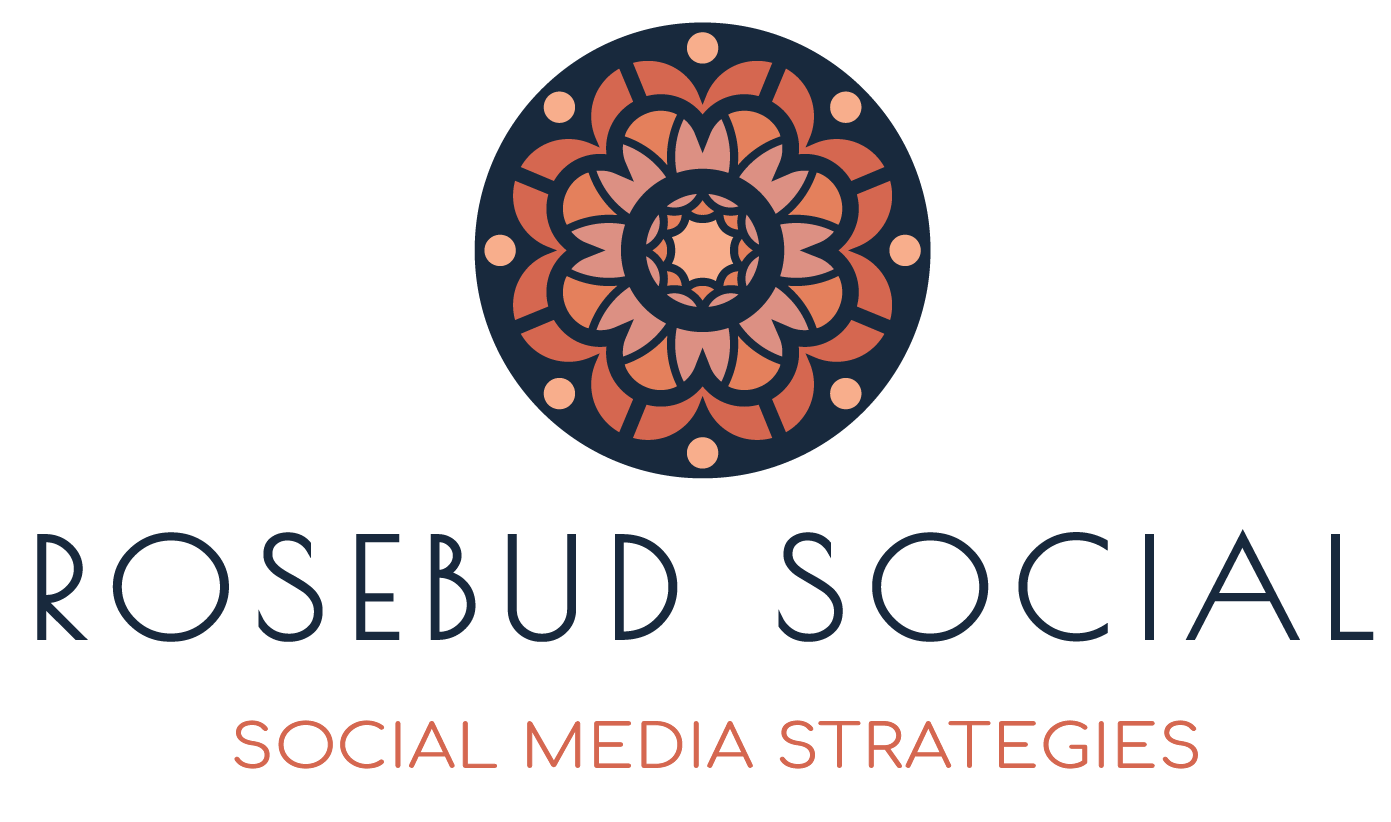How to Measure Instagram Engagement Rate
A high engagement rate is essential to growing your business in a profitable way! When the rate is low, that is usually a good indicator that your followers are not your ideal client and therefore aren’t likely to become a customer. When the engagement rate is high, that usually shows that you are attracting the kind of people who care about your business and what it offers.
What is my engagement rate?
There are 2 standard ways to measure this. I’d suggest you stick with one when you first begin tracking this information.
Engagement Rate via Reach = (total engagements per post) / Reach x 100
So if your post reached 450 people and received 25 likes, 5 comments and 5 saves your engagement rate is 7.8% The calculation looks like this: (25 + 5 + 5) / 450 x 100 = 7.8
FYI: Reach indicates the number of people who have seen your post. This is NOT the number of your followers who have seen the post. You can have people that do not follow you find your post via hashtags, shares, the explore page, etc…
Measuring this way can be inconsistent because reach tends to fluctuate greatly for a variety of factors. But it can be a GREAT indicator of how successful your posts are, since it measures only using those who actually looked at what you created.
Engagement Rate via Followers = (total engagement per post) / Followers x 100
So if you have 550 followers and your last post got 25 likes, 5 comments and 5 saves your engagement rate is 6.3% The calculation looks like this: (25 + 5 + 5) / 550 x 100 = 6.3
This tends to be the standard way to calculate engagement rate. Measuring this way provides you with more consistent numbers to track since followers don’t tend to fluctuate significantly week over week. But it doesn’t provide the full picture because not every one of your followers will have seen the post.
What is a good Instagram engagement rate?
This varies by field and business type.
According to recent metrics, the average, across all industries, is 1.2%. The retail, fashion, and health/beauty industries average around 0.67% While higher education ranks the highest at 3.57%. (If your industry isn’t mentioned here and you’re curious, you can read the full report here.)
Some studies say the average small business has an engagement rate of 4.7%.
For a small business on Instagram that is looking to use the platform to drive sales, I recommend an engagement rate that is higher than these standards. It’s one of the things we work on growing together in the coaching calls. Although as the account grows and your business expands significantly your engagement rate is likely to drop.
Are Likes and Comments the whole picture?
Not at all. While some services that track/calculate engagement numbers only look at those two factors, I think it can be a little misleading. Beyond likes and comments, it’s also good to consider the number of shares and saves your static posts receive.
Depending on who is doing the calculation, those two metrics aren’t always considered in the engagement number, but they are a huge indicator of the value your audience places in the content you post. For instance, sometimes my posts receive nearly as many saves as likes. Guaranteed not everyone who liked it also saved it, which means that post was far more engaging than the traditional metric measures.

